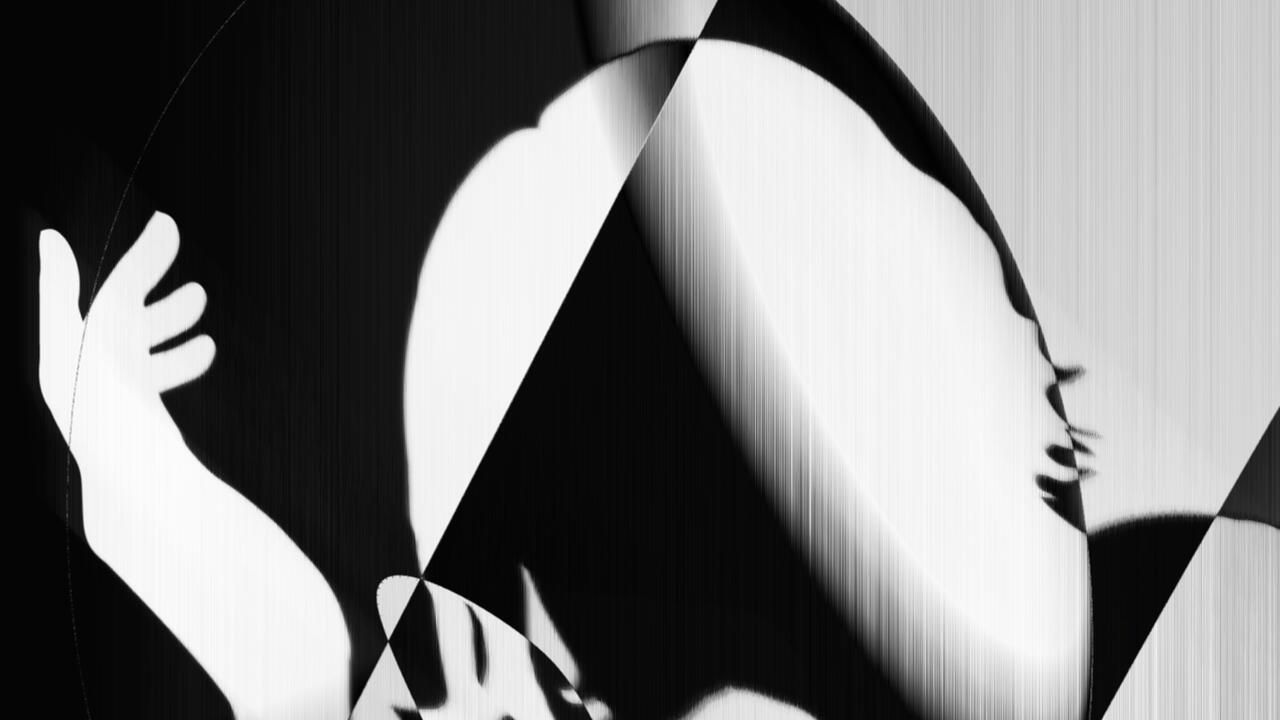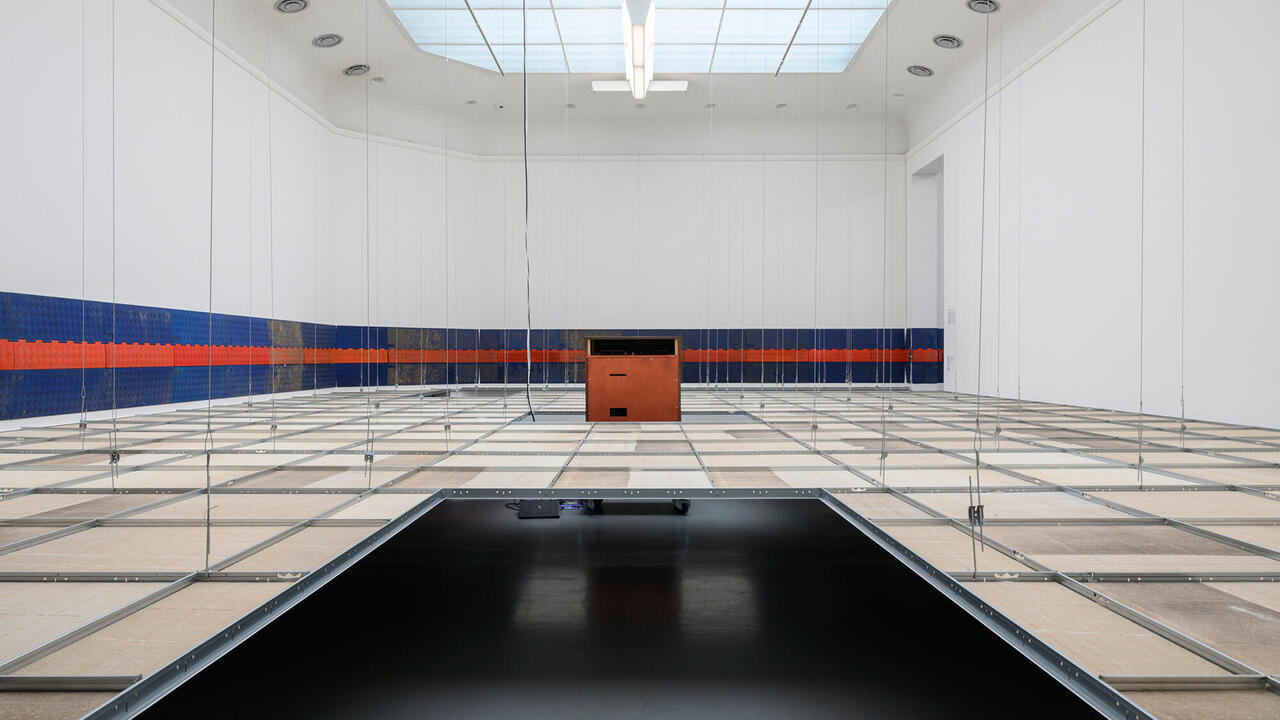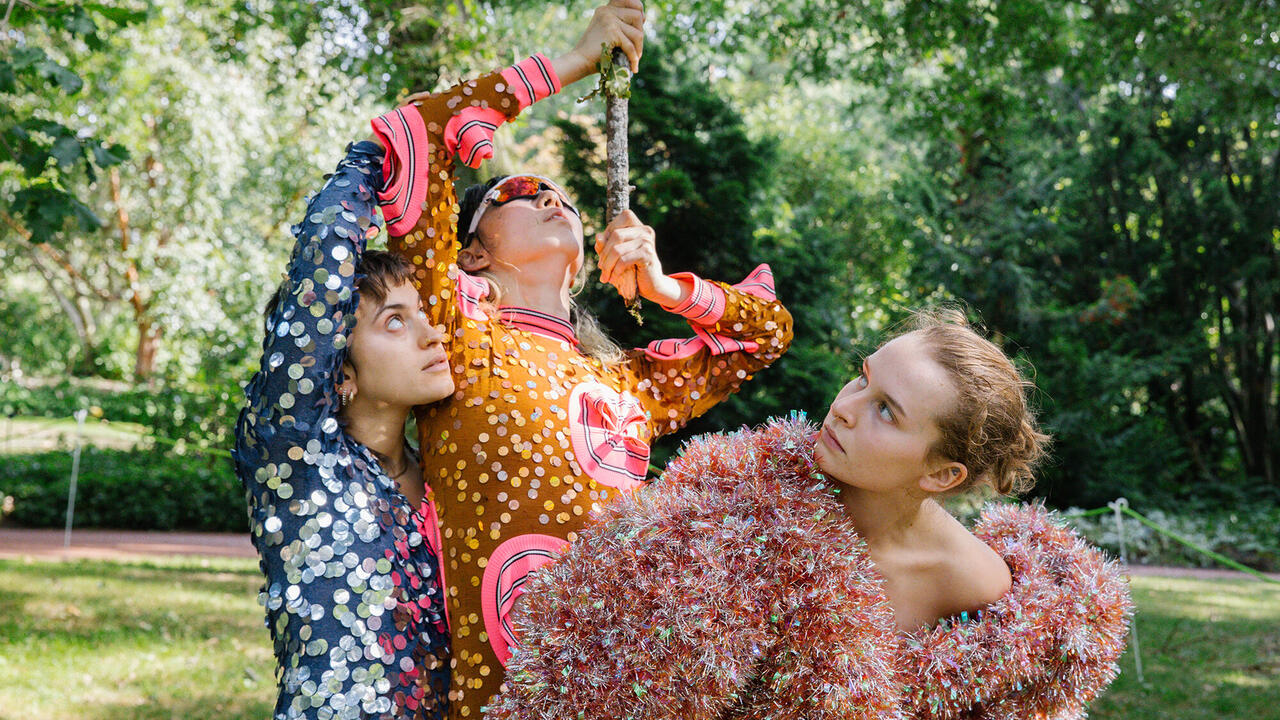Watching 20GB of Art TV
Does television ever really understand art?
Does television ever really understand art?

They came from the hard drives of kind neighbours, from YouTube, from my favourite semi-legal filesharing service: 20 gigabytes of major blockbuster art television series made over the last 40 years or so. There’s Sir Kenneth Clark’s Civilisation series (1969, 1.36 GB), Ways of Seeing with John Berger (1972, 1.37 GB), Shock of the New with Robert Hughes (1980, 2.72 GB), This Is Modern Art with Matthew Collings (1999, 2.53 GB) and Art21 (2001-7, and a whumping 10.9 GB if you download the lot).
Over the last two months I’ve been stimulated by all this art television data, but somewhat exhausted – perhaps like the medium of television itself. I’m left with some interlocking narratives and some big questions. Does television ever really understand art? When television looks at art, does it ever do anything more than express its own terminal television-ness? And why does art seem to bring out the self-parodic in television?
What we mostly see, in all these series, is the same basic scenario: an authoritative man with a radio mic clipped under his lapel, walking and talking us through the Sistine Chapel or a James Turrell installation, telling us how we really had to be there. The medium speaks – tastefully or brashly, and with silly music and graphics – its own inability to speak, and its own constant doubt that anyone will actually watch this inability being enacted. It ends up looking – with increasingly flip decadence – at itself. So let’s look at it.
Confronted with this mass of art data, where to begin? Well, what about the openings of each series? Civilisation‘s establishing sequence stifles us with high culture: baroque organ music, shots of cathedrals, Boticellis, skyscrapers, monuments all over the world, captions, and finally the debonair Clark strolling – hands in tweedy pockets, a cross between a Cambridge don and a Tory MP – past the Louvre, quoting Ruskin.
Berger begins his Ways of Seeing series with a direct Oedipal challenge to Clark’s genteel authority figure; he walks up to a classical painting in a gallery, opens a penknife and begins cutting the precious canvas out of its frame. ‘I want to question,’ he tells us, ‘some of the assumptions usually made about the tradition of European painting.’ The intellectual penknife he’ll use in this first programme is a combination of his own puritan-Marxist gravitas and Walter Benjamin’s essay ‘The Work of Art in the Age of Mechanical Reproduction’ (1936), but first we’ll have to get past the space age graphics of the title sequence, Berger’s Open University shirt and hair, and a certain Monty Python feel to it all.
It may be this ‘datedness’ which has prevented the BBC ever making Ways of Seeing available on DVD (they’re up to Series 7 of ‘80s BBC sitcom Terry and June) – if that’s the case, the corporation is quite wrongheaded. Not only does Ways of Seeing chime entertainingly with Look Around You, it provides us with a valuable and refreshing seriousness and radicalism which has never resurfaced in television’s treatment of the arts: the message that ways of seeing are ideologically determined, and can change.
Ways of Seeing is a fabulous series, one we can laugh at and laugh with simultaneously. It may very well have the last laugh; its commitment to questioning and to change allows Berger’s series to transcend television, and therefore the power to survive television’s demise. Because – to television’s great surprise – it looks like it’s going to wither before art does. The paint tube has already outlasted the cathode ray tube.

1980’s Shock of the New begins with some fabulously cheesy BBC Radiophonic Workshop music by Peter Howell and a wonderful-slash-dubious ripple-effect graphic montage showing, in quick succession, the Eiffel Tower, some paella, a Renoir, Las Vegas, Mondrian, a pretty girl drinking Coke, some Warhols, some skyscrapers, a gesticulating Hitler… and already it’s too much, too pompous and too swaggering.
Nevertheless, Robert Hughes is an arch, arrogant, engaging presenter with fabulous language skills – a tanned, handsome outback Augustus with the sharp wit of a Gore Vidal – and 1980 is the perfect vantage point from which to look back at a Modernism then being replaced by the self-devouring snake of Postmodernism. With a big budget and a big subject, Shock of the New is a sharper, more cynical and contemporary update to the Civilisation formula, but it lacks Berger’s ideological commitment (politically Hughes takes a ‘plague on both your houses’, centrist approach, comparing, for instance, Mussolini’s neo-classical buildings to the Lincoln Center) and certainly doesn’t transcend television’s own clichés.
Still, there are plenty of transcendent moments in Shock of the New: when fragments of Eno’s Music for Films (1978) underpin images of skyscrapers, for example, or when Hughes walks us with a mistrustful quip through the wrought-iron gallery district of SoHo at the peak of its hot-panted perkiness.
Weirdly enough, the art television made in the late nineties and early noughties feels more shudder-worthy and remote than the 70s stuff – old enough to be dated, but not to be either a valuable historical document or retro-cool. A combination of British self-deprecation and late postmodern televisual self-referencing make Matthew Collings’ This is Modern Art slightly squirm-inducing; in place of Hughes’ lapidary aphorisms and manly authority we get Collings telling us, in a self-referential way, how he enjoyed Andy Warhol’s philosophy book as a student, ‘and I expect I’ll be coming round one of these aisles and reading extracts from it at any moment, if this ironic easy listening soundtrack is anything to go by.’ And of course, seconds later, there he is in the supermarket, reading us bits of Warhol accompanied by ironic lounge music.
So why does it now feel like it’s art rather than television which is poised to survive, to retain credibility? It’s not just because television ate itself, lost its authority to represent, precisely by tail-chasing tricks like these. After all, art did too. It’s not just that television lost its belief in progress, its chance to question the status quo, its ethical fervour to educate and improve, the passion of its political commitment. Art did too. I think the reason is a purely technical one: television can be digitized, art can’t. Television, after eating itself, gets eaten by the Internet. Art doesn’t.
‘Capitalism plus electronics gave us a new habitat; our forest of media,’ Hughes tells us in Shock of the New, right on the threshold of the postmodern era. ‘The problem for art was how to survive there, how to adapt to it, because otherwise, it was feared, art would go under.’ But what if financial and cultural survival was posited, precisely, on not becoming just another tree in that forest of media?
That may be the surprise ending to this story about art and television: we now count television in gigabytes. The fact that no-one counts art that way may be part of the reason art still counts.
















